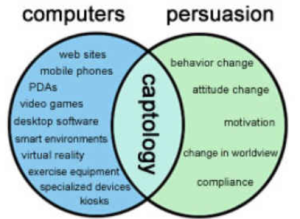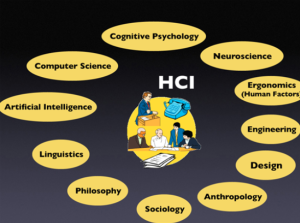Everyday millions of us go to work; we get up and head out to perform our jobs. Up until recently many of my jobs have been mundane and not very exciting. I go to work and do my job for 8 hours a day, my last job my 8 hour work day felt like 20 hours. I can barely focus on the task at hand, my mind wandered all over the place and I was barely motivated to do the job or task I was giving to do. If you are experiencing this you are not alone, in fact according to Gartner (2013) nearly two thirds of all employees in the United States (Canada had similar statistics) are no longer engaged with their jobs, costing somewhere between 450 – 500 billion dollars a year.
When we ask people who are engaged with their job, there are common elements that seem to be present, first that the flow of time seems to accelerate. For example, ever been to a really great movie, and after 2 hours come out and wonder why it felt like 5 minutes, or perhaps you are working on a new project, and the only reason you knew it was lunch time is a colleague stopped by your desk and asked you to go to lunch. Not only did time pass by quickly, but you lost all sense of awareness of what was going on around you. The unfortunate part of this is that these instances in the work place are few and far between. That intrinsic feeling you get of a job well done, is not always there, and sometimes we need a boost, but how often do companies provide that. Most places work on extrinsic motivation, where you do work, I pay you every two weeks. What more do you need?
Where does engagement come from, one of my personal favorite theories come from a Psychologist by the name of Mihály Csíkszentmihályi. A truly engaged world our jobs would exist in what Csíkszentmihályi calls a flow state. According to Wu (2012) the flow state is a state in which our work exists somewhere between anxiety and boredom. Where anxiety is the difficulty and the challenge of the job and boredom is the Skill and Ability to do the job. In order to get into a flow state, a person must reach the activation threshold; this is a point when an employee becomes fully engaged in what they are doing.
Take for instance a new employee who is just starting a job, they are excited, highly motivated to learn new skills, and quickly adapt to the job they are doing. The issue then becomes as the employee becomes more skilled at the task, a relaxation/boredom state starts to creep in, employees start becoming disengaged in what they are doing and at the very least stop caring about what they are doing, or worst start sabotaging the workplace. Keeping an employee engaged and challenged in the work place is hard. One such technique is called Gamification, which is the application of a game like mechanic in a non-gaming contenxt.
One example of how Target, a large US retailer, wanted to decrease the time people spent in lines during the checkout process and increase cashier accuracy. Target gamified checkout stations, by using the game mechanic of urgency, each item in the store was giving an optimum time of how long it should take to scan in the checkout. For example measurements were taken of how much time it took to scan a pack of gum followed by a piece of clothing or even a TV. This was done on every item in the store. As a cashier scanned items, the system simply showed a green light if the item was scanned in the time allotted or a red light if not. This simple mechanism created positive reinforcement, and it actually increased morale in cashiers by giving them the feeling of beating the system or achieving a high score.
Why does this simple engagement activity work, let’s take a very brief look into the science of psychology. By simply swiping an item on time shows a great example of tapping into a person intrinsic motivation for wanted to beat the system. This is accomplished by challenging the participant such as scanning items in and keeping the lights green, achieving success which then triggers Dopamine in the brain. Dopamine release is at the heart of motivation, this fundamental triangle is one of the key concepts to gamification and engagement.
Keeping your employees challenged and achieving in the work place is fundamental for engagement, if you have an engaged employee you have an employee who spends more time in the flow state, above the activation threshold. It also means happier more motivated employees which leads to lower turnover, and higher productivity. Certainly if you have ever shopped in a Target around Christmas time (or any major retailer), you certainly can appreciate the higher throughput that this simple example of gamification has allowed.
Gamification is a lot of hard work, retailers have 10’s of thousands of products, and that would lead to millions of scanning permutations. But as you can see, with the right gamification design with the right game mechanic can increase engagement and productivity. There is a lot more to engagement and gamification than this simple example, I can also say that this mechanic may or may not work in one’s own organization, however, the take away here, is the holy trinity of intrinsic motivation, Challenge, Achievement and Release (Dopamine) . Understand the issues you are trying to solve, understand the people who will be involved, and match the right gaming mechanic to the situation, will increase engagement.
Want to no more, send me a Tweet @hb_jacobs ask a question, let me k now how I can help you solve an engagement issue.




